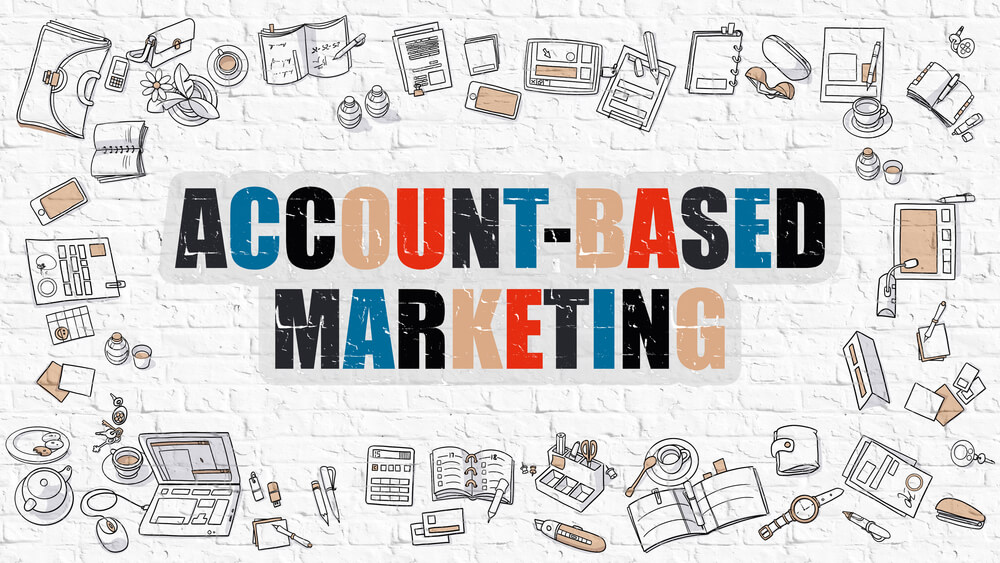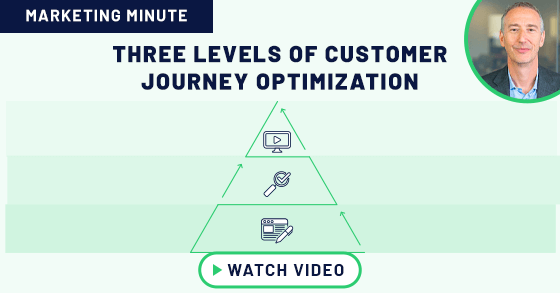
Account Based Marketing (ABM) is not a new concept, but it has been gaining momentum among B2B companies. The statistics show that it works. There are also more tools now that integrate CRM, marketing automation, and analytics to facilitate its expansion. Meanwhile, many B2B brands are noticing that traditional B2B marketing approaches such as lead generation and inbound marketing are not generating enough returns, or are not sufficient to cover complex B2B purchasing deals.
- “Only 0.75 percent of leads generated become closed revenue” (Salesforce)
- “80% of marketers measuring ROI say that ABM outperforms other marketing investments
- 84% of marketers said that ABM had significant benefits to retaining and expanding existing client relationships” (Forbes)
How a B2B Marketer’s Focus Must Shift for Account Based Marketing
ABM is a strategic company-wide approach to targeting existing and new client accounts through highly-personalized messaging and offerings. It’s not easy to implement. B2B marketers must adjust their focus and operations to succeed.
Here are the 3 ways their focus must shift.
1. Align with sales and beyond
The first shift to succeed at ABM is to make sure that marketing, sales, finance, IT, and company executives are all on board. ABM is a company-wide effort, and these key departments must be in unison from the moment they decide which accounts to target. The alignment of sales and marketing is key because when their resources are optimized, initiatives run smoothly which yields better results.
- “Businesses are 67% better at closing deals when sales and marketing work together” (Marketo)
- “A total of 50% of Sales’s time is wasted on unproductive prospecting, and sales reps ignore 50% of marketing leads” (MarketingProfs)
2. Focus on accounts, not individuals or leads
In order to provide the best value to key accounts, companies must offer highly targeted, personalized marketing, and not use a one-size-fits-all approach. Organizations must understand the challenges these accounts face, provide solutions to address them, and find the best channels to deliver those solutions.
- “Personalization is so important for ABM that 75% of executives will read unsolicited marketing materials that contain ideas that might be relevant to their business such as success stories, research reports and webinar invitations” (Marketo)
In general marketing is not customer-facing. But most B2B purchasing decisions involve a “purchase committee” of decision-makers, end users, CFO, procurement department, and influencers that decide on new purchases. With ABM, B2B marketers must focus on all individuals behind a purchasing decision, learn who they are (with Social Media), and look for opportunities to engage. That’s why ABM is account-centric.
- “According to IDC, the average deal today involves more than eight decision-makers, a 43 percent increase from three years ago. Our own research at LinkedIn shows that anywhere from 3.1 to 4.6 additional departments—such as information technology or finance or human resources—influence a B2B buying decision.” (LinkedIn)
3. Shift to long term thinking
Finally, it is crucial that B2B companies understand that ABM is not a campaign or tactic, but a way of doing business. It is a long-term, ongoing investment. In fact, most B2B companies with low ABM maturity won’t even see results right away.
- “When ABM has been in use for at least a year, 60% of users reported a revenue increase of at least 10% & 19% reported a revenue impact of 30% or greater.” (Forbes)
For B2B marketers this shift to long term thinking also applies to customer expansion. Marketers must pay attention to customer satisfaction and look for ways to help sales retain and upsell to existing customers.
For more information on ABM , take a look at our Account Based Marketing Roadmap – 4 Steps to Success




